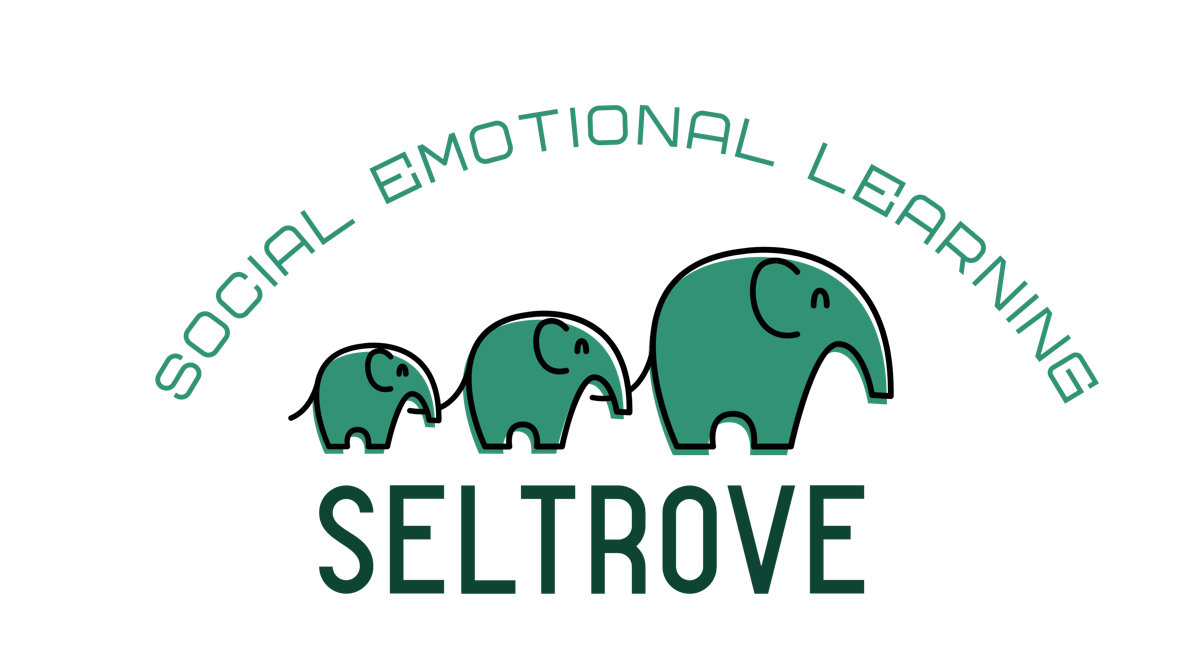Race is a social construction, not a scientific designation.
Historically, the word “race” has referred to everything from linguistic groups to kinship groups to the Enlightenment-era association of inferiority or superiority based on physical appearance to justify the enslavement of human beings. The definition we use today in the US is, unfortunately, more closely related to the last one than the first two. When we talk about the idea of “race” in the United States, we are referring to phenotypical, meaning physical, characteristics of a certain person or group. Modern-day biology has soundly invalidated the idea that race is anything more than a categorization process created and perpetuated by social norms, not scientific facts.
As teachers we must understand that just because a student in our class LOOKS like they belong to a certain cultural group, that doesn’t mean we can make assumptions about their abilities, interests, cultural contexts or lived experiences. By focusing on SEL competencies of social- and self-awareness, we can help deconstruct untrue ideas about race and build a more accurate understanding of the way we see ourselves and others.
A VERY short history of racial identity in the U.S.
Want to learn more?
Check out our teacher workshops!
The Equity workshop bundle complements this topic well. Check it out!
The Equity workshop bundle complements this topic well. Check it out!
Write your awesome label here.
